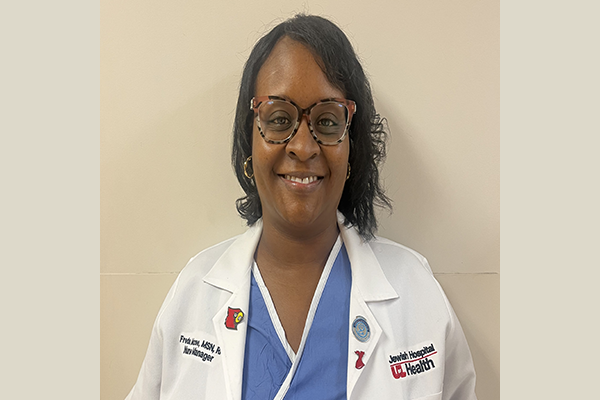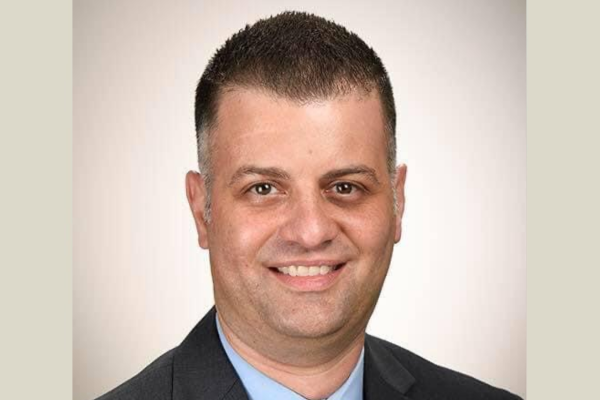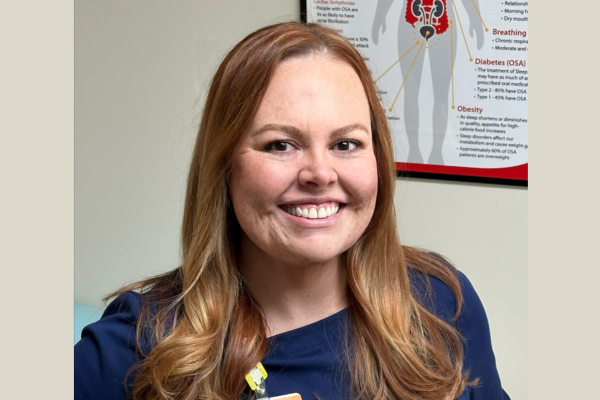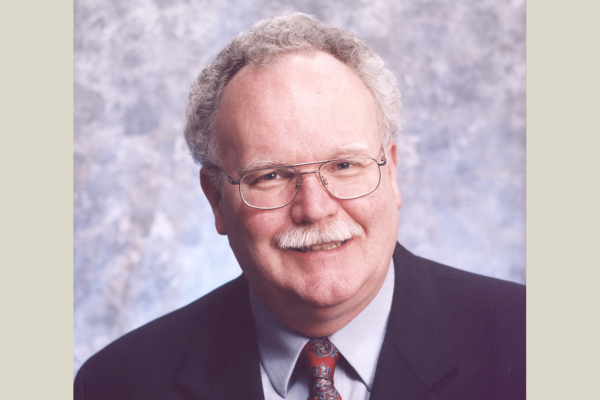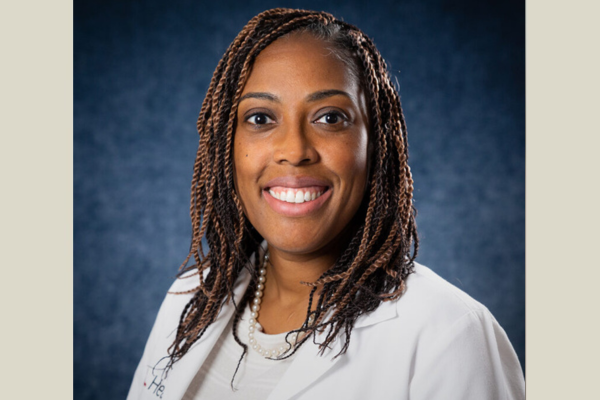Getting to Know Sanel Miscic
Sanel Miscic, BSN, RN, is the clinical manager at UofL Health – UofL Hospital in the 9 South Mixed Acuity unit.“I have a vital role in patient care,” Sanel said. “I’m using my knowledge and experience to support my staff in providing patient-centered care. I help staff achieve goals of helping patients improve their overall…





